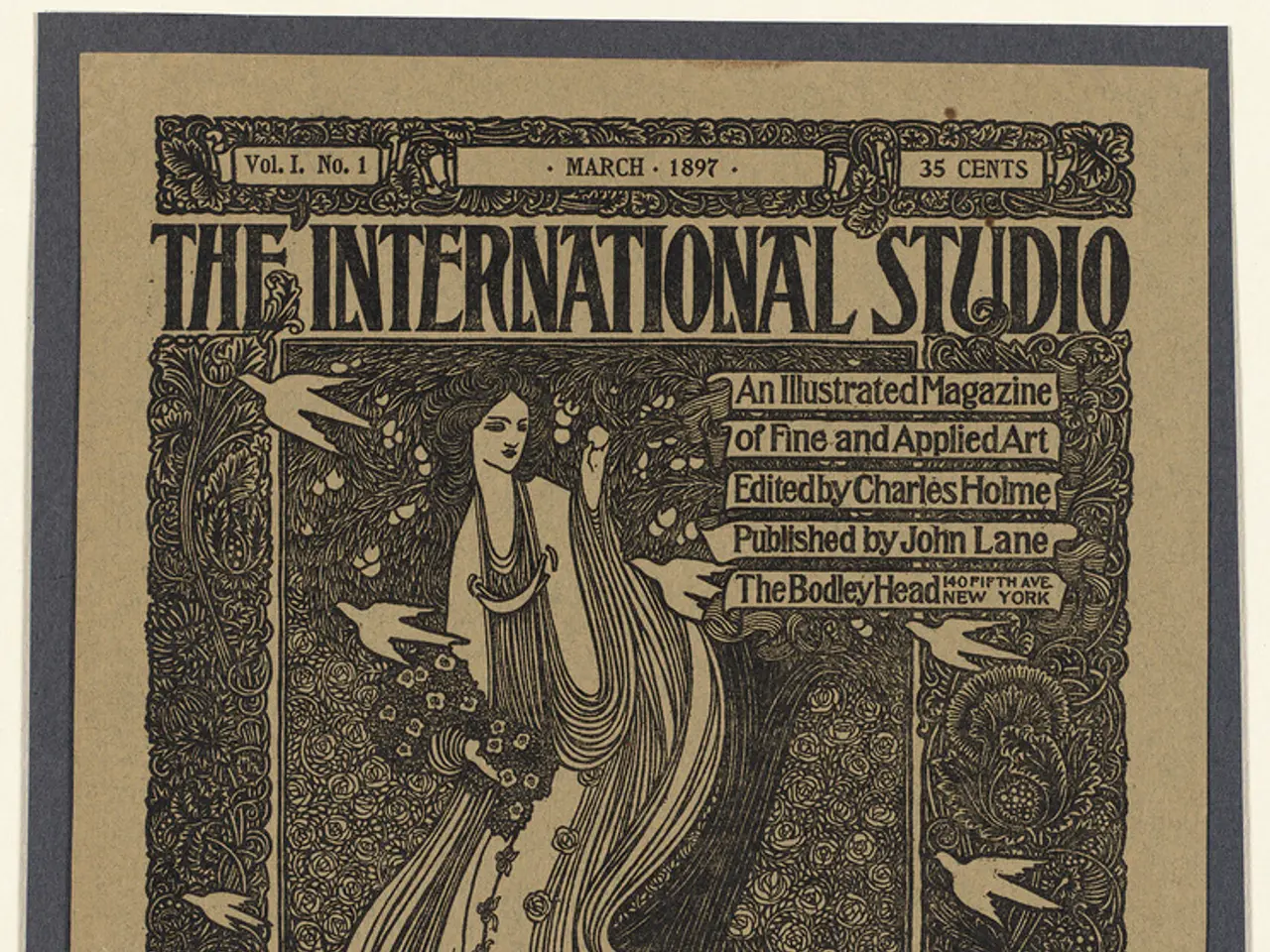Heart Disease in Women: Unique Causes and Symptoms
Heart disease affects both men and women, but the causes and presentations of heart attack symptoms differ. In Portugal alone, over 10,000 people suffer an acute myocardial infarction, or heart attack, each year. Understanding these differences is crucial for timely diagnosis and treatment.
While major risk factors like high blood pressure, diabetes, and genetics are similar for both sexes, biological differences influence heart attacks. Women have smaller hearts and narrower coronary arteries, which can lead to less typical symptoms such as nausea and fatigue, making diagnosis challenging.
Spontaneous coronary dissection, often misattributed to coronary artery disease, is a significant factor in women's heart attacks. Additionally, acute myocardial infarction can have causes other than clogged arteries, especially in young women. This is why greater awareness of heart disease risks in women is needed.
Symptoms of acute myocardial infarction include strong chest pain, abdominal pain, nausea, sweating, shortness of breath, and dizziness. However, women are more likely to present with less typical heart attack symptoms, which can delay diagnosis and treatment.
Heart attacks in women are often caused by different factors than in men, with spontaneous coronary dissection playing a significant role. Women are also more likely to die after a heart attack, highlighting the need for increased awareness and understanding of heart disease in women. Recognising these differences can lead to better prevention, diagnosis, and treatment, ultimately saving lives.
Read also:
- Inadequate supply of accessible housing overlooks London's disabled community
- Strange discovery in EU: Rabbits found with unusual appendages resembling tentacles on their heads
- Duration of a Travelling Blood Clot: Time Scale Explained
- Fainting versus Seizures: Overlaps, Distinctions, and Proper Responses






